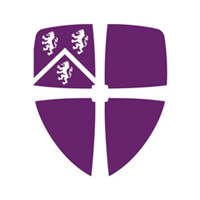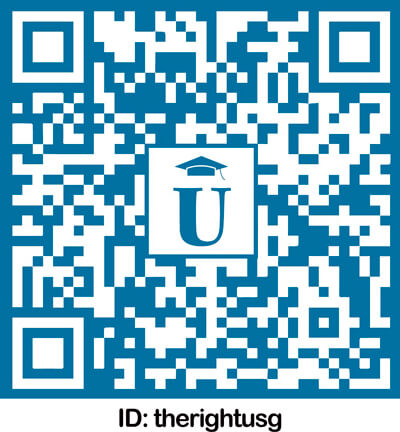fees waived
Visual Arts and Film, BA (Hons)
Durham University, United Kingdom
Subject ranking
UK / Times 2025 5th
UK / CUG 2026 5th
UK / Guardian 2025 6th
Costs
food & rentS$17.2K / year
Entry requirements
Scholarships
More than 50 available
Limited quantity
Information
Code
Intakes
Website (External)
Programmes
Information
Duration
2028
This BA degree uniquely integrates still and moving images with advanced academic study and practical skills development. Drawing on research from classical Rome to the present, it adopts a global perspective, emphasizing not only Western art, film, and visual culture but also those of the Middle East, Russophone Eurasia, and East Asia. The course explores visual and image concepts through a transnational lens, offering extensive language-learning opportunities via the School of Modern Languages and Cultures. Students can access the University's renowned collections, such as the Oriental Museum, and pursue studies in regions including Europe, the Middle East, East Asia, Latin America, and the Caribbean. Options include adding a placement year or year abroad, extending the program to four years, with a focus on professional skills through field trips and modules on art production, exhibition, and commerce.In Year 1, core modules cover Introduction to Visual Culture Studies, The Art of the Moving Image, and Art- and Film-Writing in Context, addressing global visual cultures, moving image analysis, and communication skills. Optional modules may include topics like Middle Eastern cultures or ancient archaeology. Assessment varies, incorporating essays, portfolios, projects, film production, examinations, and a dissertation.
Year 1 Core modules: Introduction to Visual Culture Studies examines the central issues in visual culture, film studies and the history of art, paying particular attention to the relationship between these three linked areas. Central to the philosophy of the module is an emphasis on global visual cultures and the role translation plays in the study of transnational phenomena. The Art of the Moving Image (1): Key Concepts explores the moving image in a range of formats, genres, histories, media, national contexts, and styles. It will help to develop your ability to analyse and critique moving image texts. You will be familiarised with the complexity and specificity of the moving image by focusing on aspects such as audiences, auteurs, cinematography, editing, industries, performance, sound and staging. You will also be introduced to key theories in the fields of film and visual studies in the wider context of cultural studies. You will develop your research skills and methodologies in the field of visual cultures and the moving image. This may include animation, documentary film, narrative and short film, streaming platforms, television, video and video art. Art- and Film-Writing in Context covers the numerous forms and venues in which people write about art and film. It will equip you with the understanding and skills required to be an effective communicator, able to write in a knowledgeable and medium-appropriate way for a variety of audiences. Optional modules have included: People and Cultures Introduction to Middle Eastern Cultures Cities in Antiquity Medieval to Modern: An Introduction to the Archaeology of the Medieval to the Post Medieval World Lives of Objects – Greek and Roman Antiquity Introduction to Chinese Culture Monuments and Memory in the Age of Augustus Introduction to Japanese Culture: From Antiquity to the Present Gallery 101: Designing an Art Exhibition.
A local representative of Durham University in Singapore is available online to assist you with enquiries about this course.

